Moving to a Smaller Home? Here's How to Downsize Happily
Whether your children are moving out or you're embracing a smaller space in the city, follow this guide to downsizing without the drama
Jo Simmons
7 November 2014
Houzz UK Contributor. I have been an interiors journalist since 1995, writing several books on design and numerous features for glossy homes mags over the years. For Houzz, I cover decorating ideas and trends and interview designers and professionals for their insights. My favourite pieces to write, though, are Houzz Tours, as I love exploring and learning about real homes. Call me curious — or nosy!
Houzz UK Contributor. I have been an interiors journalist since 1995, writing several... More
If your youngest child has finally flown the nest and now you feel as though your home is too big for your needs, it may be time to downsize. Perhaps you’re looking to reverse your tree change and get back to an inner-city pad? Whatever the reason, it’s important to remember that while changing not only where you live, but how you live, can feel daunting – particularly if you are tackling this challenge alone – there are plenty of ways to adapt to a smaller space.
So how do you adjust to life in a smaller home – a flat after a house, for example? How do you organise your space to suit one or two, rather than a whole family? And how can you prepare, both practically and emotionally, for downsizing? These 10 tips will help you make the move.
So how do you adjust to life in a smaller home – a flat after a house, for example? How do you organise your space to suit one or two, rather than a whole family? And how can you prepare, both practically and emotionally, for downsizing? These 10 tips will help you make the move.
Prioritise the pieces you use
You are almost certainly going to need to get rid of some stuff, but how? Items and objects that are already part of your lifestyle, not a projected ingredient of your future life, are the ones to keep.
A lot of the pieces we hold on to relate to unmet goals: books we plan to read but never do; clothes we will squeeze into again once we get going with that diet; exercise machines we will start using some time soon. Be honest with yourself about how often you have used those items in the last year and decide if you could live well without them.
Remember, too, that moving to a smaller home may mark the beginning of a new life for you, and settling in unencumbered by the clutter of your former existence, is a great place to start.
You are almost certainly going to need to get rid of some stuff, but how? Items and objects that are already part of your lifestyle, not a projected ingredient of your future life, are the ones to keep.
A lot of the pieces we hold on to relate to unmet goals: books we plan to read but never do; clothes we will squeeze into again once we get going with that diet; exercise machines we will start using some time soon. Be honest with yourself about how often you have used those items in the last year and decide if you could live well without them.
Remember, too, that moving to a smaller home may mark the beginning of a new life for you, and settling in unencumbered by the clutter of your former existence, is a great place to start.
Store stuff in the short term
If you really can’t bear to part with certain items, put them into a storage facility. Perhaps decide to keep them stored for six months and, after that, if you haven’t needed or missed them, it’s time to let them go.
If you are the caretaker of items that aren’t yours – your children’s study notes or favourite childhood books, say – ask them to look after those pieces or at least help you sort through and dispose of them.
More: The Clutter Conundrum: Why Is It So Hard to Let Go?
If you really can’t bear to part with certain items, put them into a storage facility. Perhaps decide to keep them stored for six months and, after that, if you haven’t needed or missed them, it’s time to let them go.
If you are the caretaker of items that aren’t yours – your children’s study notes or favourite childhood books, say – ask them to look after those pieces or at least help you sort through and dispose of them.
More: The Clutter Conundrum: Why Is It So Hard to Let Go?
Measure your furniture
You need to know whether the pieces you own will fit into a new home. Size, however, is not the only consideration. Think about use, too. You may have always relied on a huge sofa to seat your family, but if your youngest child has just flown the nest, a smaller design might suit.
Think, too, about how often the whole family will congregate in your new home. If the answer is infrequently, there is no need to factor in masses of seating. A sofa that can be supplemented with an easy chair moved in from another room may be enough.
You need to know whether the pieces you own will fit into a new home. Size, however, is not the only consideration. Think about use, too. You may have always relied on a huge sofa to seat your family, but if your youngest child has just flown the nest, a smaller design might suit.
Think, too, about how often the whole family will congregate in your new home. If the answer is infrequently, there is no need to factor in masses of seating. A sofa that can be supplemented with an easy chair moved in from another room may be enough.
Know the room measurements
In addition to knowing how big your key pieces are, you need to find out the dimensions of your new home. Ask if you can take measurements when viewing it or get hold of an accurate floor plan. Don’t forget about the location of doors and windows, as this will be a factor in furniture placement.
Once you know the dimensions of each room, make a floor plan using your furniture’s measurements and work out which pieces you may need to sell or pass on.
In addition to knowing how big your key pieces are, you need to find out the dimensions of your new home. Ask if you can take measurements when viewing it or get hold of an accurate floor plan. Don’t forget about the location of doors and windows, as this will be a factor in furniture placement.
Once you know the dimensions of each room, make a floor plan using your furniture’s measurements and work out which pieces you may need to sell or pass on.
Assess your storage
To accurately downsize, it’s important to know how much built-in storage exists in your new home. So when you find out the room measurements, make sure you properly assess the storage situation, too.
Will you have fewer kitchen cupboards? How many wardrobes are there? If you are moving into a flat after living in a house, will you still have access to useful loft space?
To accurately downsize, it’s important to know how much built-in storage exists in your new home. So when you find out the room measurements, make sure you properly assess the storage situation, too.
Will you have fewer kitchen cupboards? How many wardrobes are there? If you are moving into a flat after living in a house, will you still have access to useful loft space?
Sell and save
It can be hard to part with furniture and possessions, but if there is no space for them in your new home, you have little choice. eBay is a good way to sell off larger pieces, while Gumtree will reach a local market effectively. Saving the money you make from these sales and putting it towards new items for your next home helps to keep you looking forwards rather than back.
It can be hard to part with furniture and possessions, but if there is no space for them in your new home, you have little choice. eBay is a good way to sell off larger pieces, while Gumtree will reach a local market effectively. Saving the money you make from these sales and putting it towards new items for your next home helps to keep you looking forwards rather than back.
Build bespoke
In your new, compact home, it may make sense to build in storage and think creatively to make the most of space. When you have lived in a large property for some time, it can be hard to imagine how a smaller space can meet your needs and feel comfortable, but a good designer will be able to draw up plans that are fresh, exciting and practical, helping you to find the potential in the petite.
In your new, compact home, it may make sense to build in storage and think creatively to make the most of space. When you have lived in a large property for some time, it can be hard to imagine how a smaller space can meet your needs and feel comfortable, but a good designer will be able to draw up plans that are fresh, exciting and practical, helping you to find the potential in the petite.
Scale down each piece
You may have fond feelings for your huge kitchen table, where family meals and homework sessions took place, but its generous proportions may mean it would dominate, rather than enhance, the space in your new home. So cut those emotional ties, think creatively and scale down.
A small, circular table may be sufficient now. Team it with folding chairs that can be stored away when not in use, or build in some space-efficient bench seating, so you can still seat several when friends or family visit. Similarly, do you still need a kingsize bed or a vast wardrobe? Scaling your pieces down by swapping them for smaller versions will make better use of available space.
Be inspired by these cosy breakfast corners
You may have fond feelings for your huge kitchen table, where family meals and homework sessions took place, but its generous proportions may mean it would dominate, rather than enhance, the space in your new home. So cut those emotional ties, think creatively and scale down.
A small, circular table may be sufficient now. Team it with folding chairs that can be stored away when not in use, or build in some space-efficient bench seating, so you can still seat several when friends or family visit. Similarly, do you still need a kingsize bed or a vast wardrobe? Scaling your pieces down by swapping them for smaller versions will make better use of available space.
Be inspired by these cosy breakfast corners
Modify existing items
You can downsize some of the things you already own, to help them fit neatly into your smaller new home. Curtains are an obvious example. Taking them up or reducing their width may earn them a new life at a smaller window.
You can downsize some of the things you already own, to help them fit neatly into your smaller new home. Curtains are an obvious example. Taking them up or reducing their width may earn them a new life at a smaller window.
Start afresh
Downsizing is a great opportunity to start afresh, so ditch those lazy habits and rethink how you live. Maybe you have always wanted immaculately ordered wardrobes. If so, now is your chance! Invest in some clever cupboard storage solutions, from new hooks and hangers to baskets and sock trays. Use them as you unpack, so you store as much as you can in what might be a tight area and also set a precedent for how your new, smaller space will function.
TELL US
Have you ever downsized? Would you? Share your tips in the Comments below.
MORE DOWNSIZING TIPS
USA Houzz: Drastic Downsize Delivers New Lease On Life
Vital Things to Think About Before Moving Into a Smaller Home
Bring Light and Breathing Space Into Small Interiors
Downsizing is a great opportunity to start afresh, so ditch those lazy habits and rethink how you live. Maybe you have always wanted immaculately ordered wardrobes. If so, now is your chance! Invest in some clever cupboard storage solutions, from new hooks and hangers to baskets and sock trays. Use them as you unpack, so you store as much as you can in what might be a tight area and also set a precedent for how your new, smaller space will function.
TELL US
Have you ever downsized? Would you? Share your tips in the Comments below.
MORE DOWNSIZING TIPS
USA Houzz: Drastic Downsize Delivers New Lease On Life
Vital Things to Think About Before Moving Into a Smaller Home
Bring Light and Breathing Space Into Small Interiors
Related Stories
Lifestyle
Don't Let the Little Costs of Moving House Surprise You
By Houzz AU
It's not just the cost of a removalist you have to consider when you move house, many other smaller costs can creep up on you ... and add up
Full Story
Lifestyle
15 Things to Ask Before Buying a House in Australia
By Joanna Tovia
Make sure you know the answers to all the right questions before signing on the dotted line
Full Story
Lifestyle
Confessions and Regrets of a Serial Mover
A good checklist, a can-do attitude and plenty of wine are essential for a successful house move, says this serial mover
Full Story
Organising
Moving House: Ultimate Timeline for a Successful Move
By Sue Carter
Take the stress out of moving by following our comprehensive guide on which tasks to tick off, when
Full Story
Lifestyle
A House Mover Reveals: 3 Things I Wish My Clients Knew
A removalist shares three important things he wishes every client knew before moving homes
Full Story
Most Popular
A Removalist Reveals: 3 Things I Wish My Clients Knew
A removalist shares three important things you need to know before you move house
Full Story
Lifestyle
Empty Nesters: What to Expect When You Downsize
By Joanna Tovia
Moving to a smaller home can come with unexpected challenges along with the bounty of benefits
Full Story
Lifestyle
New Homeowners' Checklist: What to Look for During an Inspection
Found your dream home? Tick off these essentials before you buy to save money and disappointment down the track
Full Story
Lifestyle
How to Stay Sane (and in Style) in a Studio Apartment for Two
These tips will help keep cohabiting in a studio apartment harmonious
Full Story
Lifestyle
Homebuyer Hints: 10 Easy Fixes for That Almost-Perfect House
Don't dismiss that house you've just inspected out of hand – most common flaws can be easily corrected
Full Story





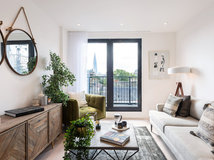








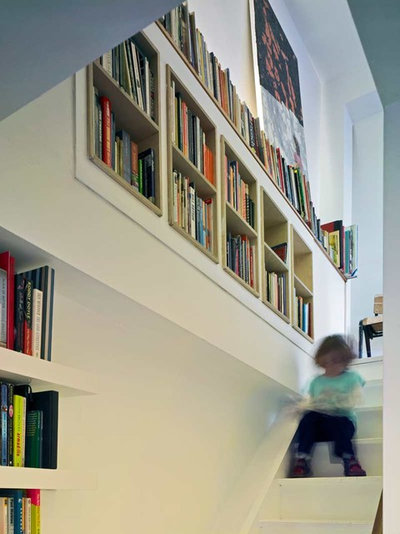
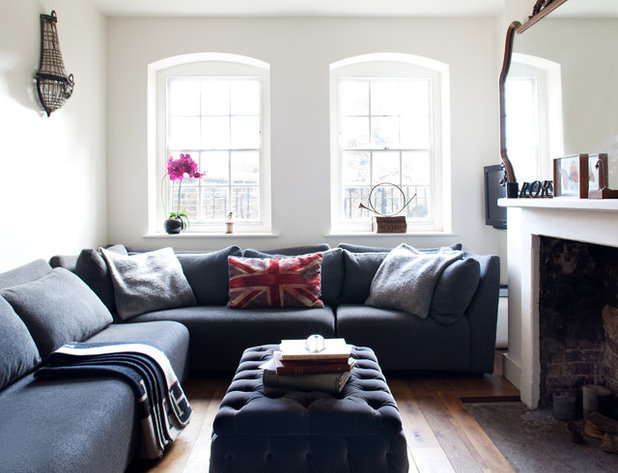
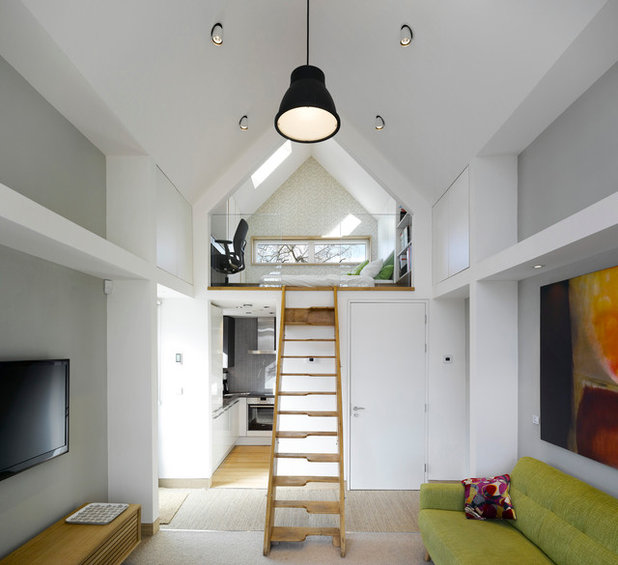
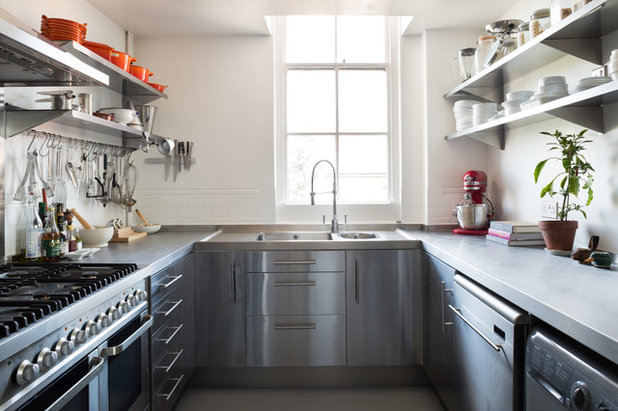
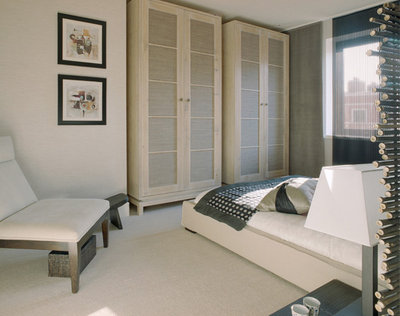
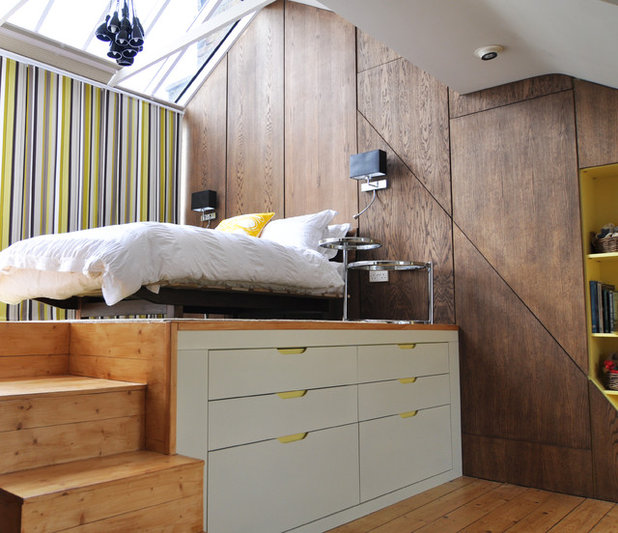
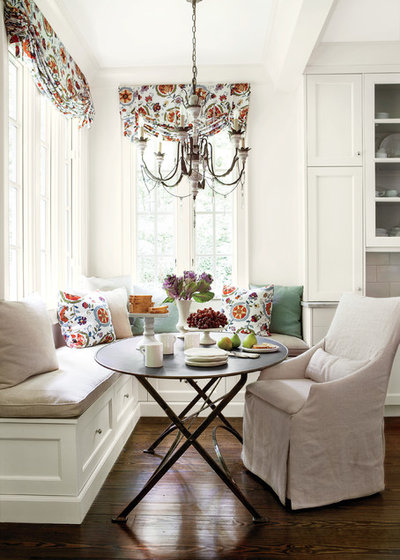
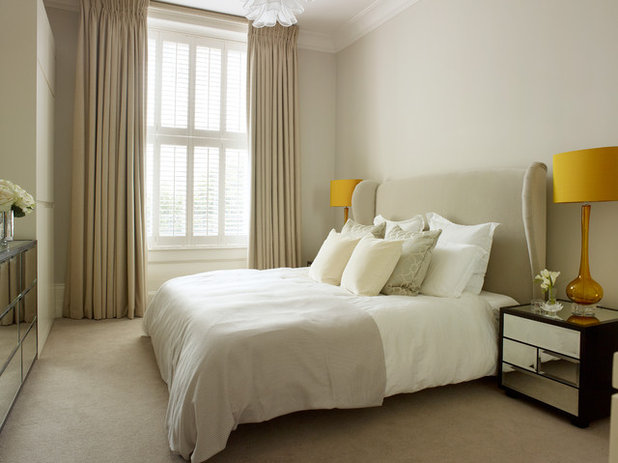
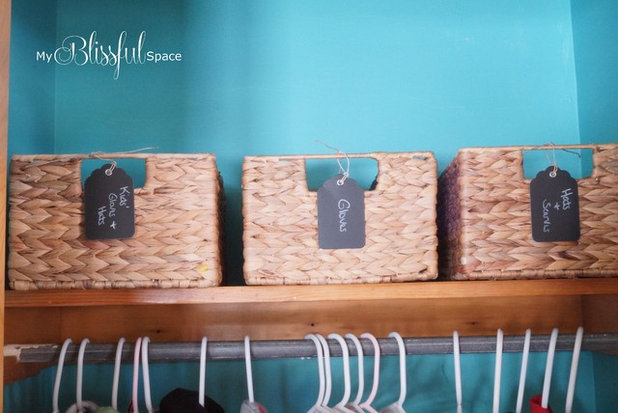

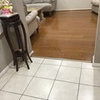



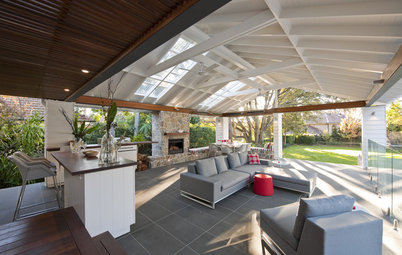



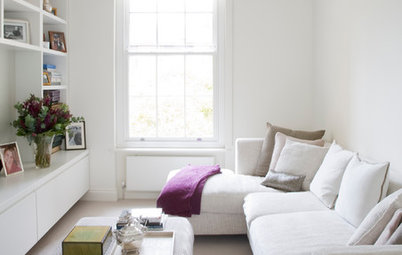

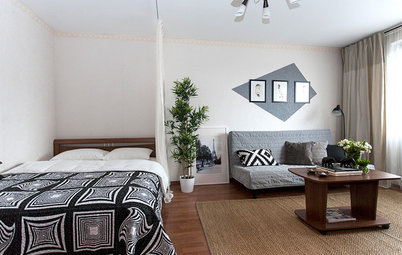
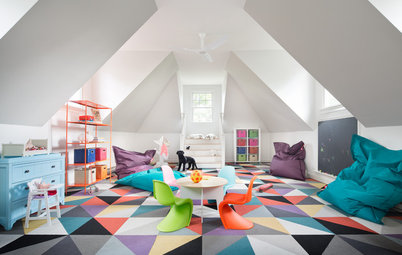
Just an update a few months later.. I've donated much to charity.. lots of clothes.. those doonas I was talking about and I heard of a family who lost everything in a fire and have given them a lot of things plus have more.. I feel right about letting things go when it means someone else will benefit. it's not just throwing things away. I have almost made it through all the boxes that followed me across the waters... Oh and I still have all my piano stools!
Fabulous Lisa, it gets easier that is for sure, it is a good feeling to pay it forward. We left quite a lot on the curb outside our house, everything went in less than a few hours .. No junk, once we were left a thank you note in the letter box, I was really touched by that. I gave a bike to a young girl that I had $50 on but could see family were struggling so just gave it to them, the child about 12 smile was so bright that was payment enough. Living smaller can still be living big.
Absolutely wuff. It's quite nice and freeing to feel less cluttered.. still have lots more I can release.. time though.. I have many years to decide what to do with stuff.. I've just been rereading books that have been in storage for over 5 years.. lovely and refreshing.. onwards and upwards...